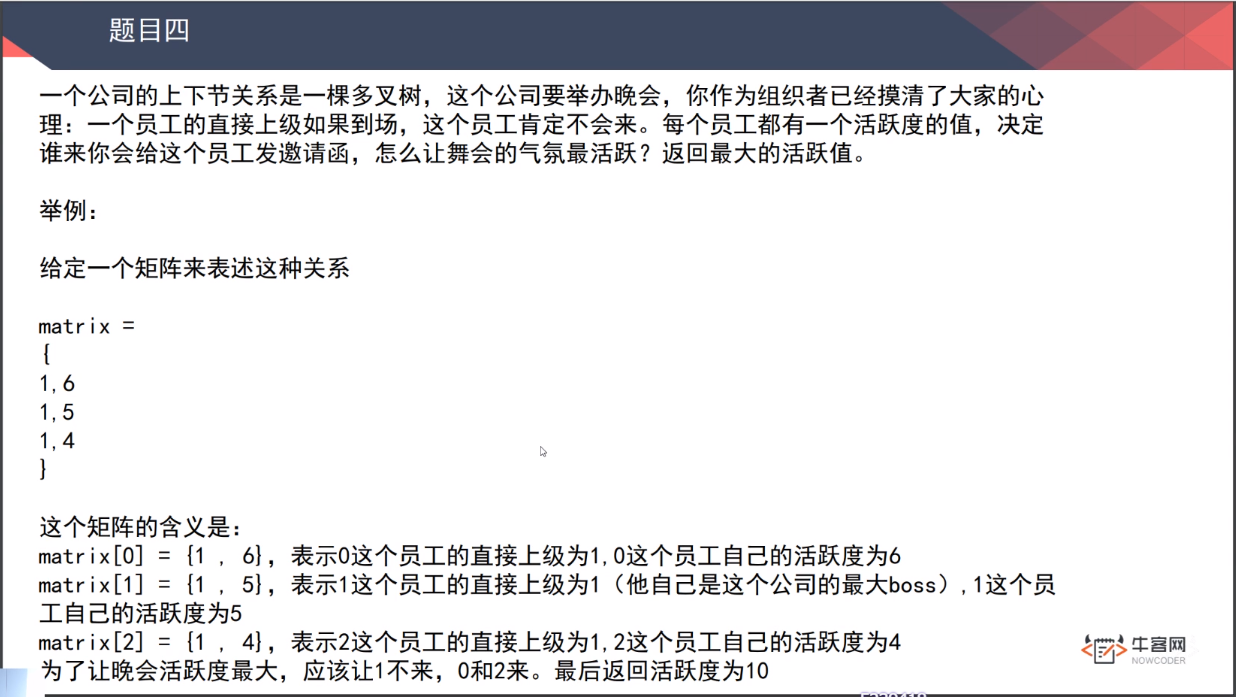1
2
3
4
5
6
7
8
9
10
11
12
13
14
15
16
17
18
19
20
21
22
23
24
25
26
27
28
29
30
31
32
| int maxSearchTreeSize(node *head) {
return process4(head).maxSearchSize;
}
struct returnData4 {
int maxSearchSize;
bool isAllSearch;
int max;
int min;
returnData4(int maxSearchSize, bool isAllSearch, int max, int min)
:maxSearchSize(maxSearchSize), isAllSearch(isAllSearch), max(max), min(min){}
};
returnData4 process4(node *head) {
if (head == NULL)
return returnData4(0, true, INT_MIN, INT_MAX);
returnData4 leftData = process4(head->left);
returnData4 rightData = process4(head->right);
int p1 = leftData.maxSearchSize;
int p2 = rightData.maxSearchSize;
int p3 = INT_MIN;
if (leftData.isAllSearch &&
rightData.isAllSearch &&
head->val > leftData.max
&& head->val < rightData.min) {
p3 = p1 + p2 + 1;
}
int maxSearchSize = max(max(p1, p2), p3);
bool isAllSearch = (p3 == maxSearchSize) ? true : false;
int maxm = max(max(leftData.max, rightData.max), head->val);
int minm = min(min(leftData.min, rightData.min), head->val);
return returnData4(maxSearchSize, isAllSearch, maxm, minm);
}
|

